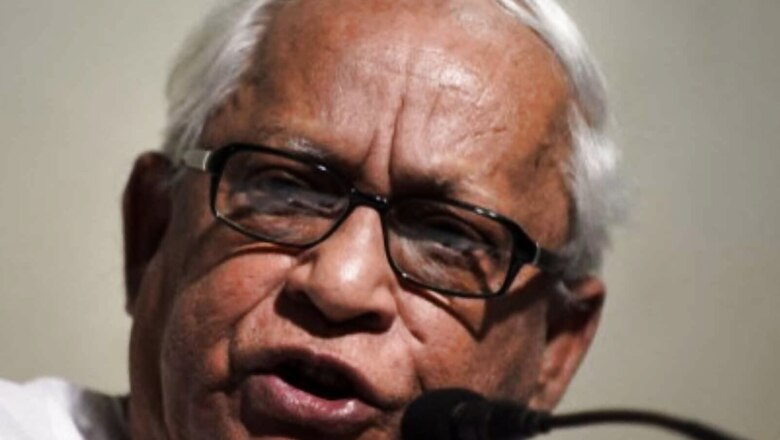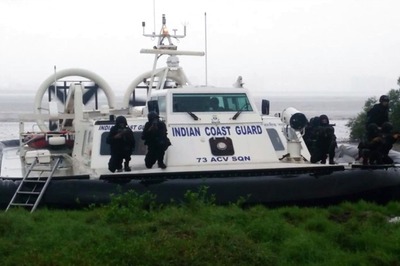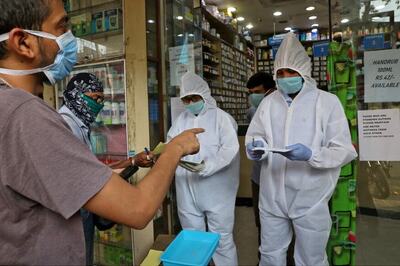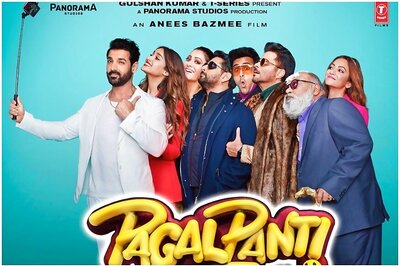From 2001-08, Plots to Kill Ex-CM Buddha, Vajpayee on Bengal Soil Thwarted, Former DGP in 'Tell-all'

views
Sample the following: ‘There were not one, but four concrete plots to assassinate former Bengal chief minister Buddhadeb Bhattacharjee between 2001 and 2008, all of which were nipped in the bud by intelligence and police officials of the state.
At least one plot each to assassinate former prime minister Atal Bihari Vajpayee and former deputy PM LK Advani on Bengal soil during the same time period were also thwarted.
All these plots were hatched from beyond political borders of India.
At least one consignment of a powerful explosive was smuggled into Nandigram during the anti-land grab agitation of 2007-08, by a terror outfit in Pakistan-occupied Kashmir with aim to destabilise the country.
Serious lapses in security protocols and many unanswered questions still remain over the daring American Center attack in January 2002, which killed five policemen and injured another 20.’
These startling facts and more, hitherto unknown, are now in the public domain after former IPS officer Dilip Mitra launched his 399-page book titled ‘Operation Black Stiletto: My Years in Intelligence’ in Delhi on February 3.
Mitra, who retired as director general of police, planning, in Bengal in 2014, has authored the book spread across 45 chapters. He chronicles his experience as the chief of the intelligence in West Bengal from 2001 to 2008.
Speaking exclusively to News18, Mitra said: “At the time when the assassination plots were uncovered, they were known only to a handful in the top brass, namely Amit Kiran Deb, the then home secretary of the state; Shyamal Dutta, the then director of state intelligence bureau; and myself. I took a little time after retirement to collect my thoughts and do the necessary research before writing them down, given the sensitive nature of the material. But in the main, I have relied on the diary I maintained and my reasonably good memory since the events left an indelible impression on my mind.”
The back cover of the book reads: ‘The book takes the reader on a journey into the unknown; through byzantine alleys and corridors; a long, tense walk up a staircase of distorting mirrors and dark shadows. A world where white is not always white and black not what it should be, where deceit, deception, betrayal and fickle loyalties dominate the blood chilling world of terror, mass killings, subversion and cruelty. A world where there is no brightness; only an evil moon which casts sickly pale stray beams of watery light on gravestones and bats echo a ghoulishly macabre sonata for the dead’.
Recounting one of the assassination plots on former West Bengal chief minister Buddhadeb Bhattacharjee, Mitra said: “When I first spoke to a Bangla-speaking Bangladeshi national nabbed from the Dunlop crossing in North Kolkata, simply because the OC (officer-in-charge) of the local PS (police station) felt something was amiss but couldn’t put his finger on it, he presented qualification documents right up to his master’s degree. He happened to claim that he studied in the same school and college I graduated from. So, when he gave wrong answers to the location of the principal’s room and the students’ toilet and named a woman as the principal of a school run and managed by Catholic priests, we put him in remand and then in a safe house.”
Mitra added, “During the course of the questioning over the next few days, I realised that he was well-trained in resisting interrogation. He eventually broke and confessed to the plot. The conspiracy took place outside India. The equipment was brought over to Dhaka and was supposed to be moved in clandestinely. The chosen location of attack was a strategic point on NH34 during the chief minster’s scheduled trip to Murshidabad. There’s a sharp turn where the convoy would slow down and the plan was to launch a triangulation of fire, where two men with sniper rifles and armour-piercing bullets would shoot at the car and one man with an RPG (rocket-propelled grenade) would finish the job.”
Explaining as to what triggered the plot, Mitra said: “Sometime prior to the arrest, we came across a list of terror sleeper cells in Bengal that was promptly passed on to the highest offices for necessary action. However, I was appalled to see the CM mentioning the list during a press conference. An ultra-secret document was revealed and months of hard work was suddenly out in the open. That press briefing was heard beyond the country’s borders and it was decided that Bhattacharjee should be taught a lesson…”
Talking about cross-border terror footprints in Nandigram, Mitra said: “We had concrete evidence of two persons travelling from Pakistan-occupied Kashmir, ferrying powerful explosives to Nandigram via Bangladesh.”
“A particularly belligerent and aggressive intelligence agency across the border was looking for an opportunity to start a movement to destabilise India. It had been their long-term plan. Nandigram was a fire waiting to be lit and the Bengal government’s action gave them the opportunity on a platter,” he added.
Asked if the high-power explosives were put to use, the former IPS officer said, “I won’t know if they were used or not, but they were certainly not recovered. Ordinary explosives can’t blow up concrete culverts or make gaping holes on roads, only high-powered explosives can and they were brought in from Bangladesh. Maoist presence in Nandigram is an open secret, but few know that cross-border terror outfits also left their footprint in the previously obscure rural hamlet of Bengal.”
The former top cop has also raised several unanswered questions, even two decades after the attack on American Center in Kolkata. The attack’s perceived mastermind, Aftab Ansari, has been convicted along with his accomplices. The two bike-borne assailants, suspected to have carried out the attack, were killed in an alleged police encounter in Hazaribagh, Jharkhand, four days after the incident.
“To kill or injure 25 policemen, you need a minimum of 25 bullets. To do that from a moving two-wheeler, you need a level of expertise that only a handful of elite forces in the world has. None of Ansari’s killers had that kind of a trigger-finger-eye coordination from an AK-47 rifle that fires 600 rounds per minute,” Mitra said.
“We examined the encounter site in Hazaribagh as well as the two AK-47s that were recovered. Neither had shoulder straps attached. That means they were being held by the assailants, who were also riding the motorcycles. Also, who informed Aftab (Ansari) about the exact time of shift change of the security guards? Why did they not fire a single bullet back in retaliation? Did they have weapons in working condition and did they possess the right ammunition?” Mitra asked.
“Three days before the incident, I received an anonymous tip that an important target will be hit. I passed the information on to Shyamal Dutta, who passed it on to Kolkata Police. After the attack, a high-level meeting was held at Writers’ Building (state secretariat) and the alert was produced at the meeting. I don’t know what happened, but the fact is that we did alert the city police. These are stark deficiencies I noticed in that case,” Mitra added.
The former top cop seemed to be bitter about the current standards of policing in the state. “During the Left Front regime, there was rapid deterioration in values, principles and ethics of policing. I think that the unionisation of police dealt a body blow to the force. I am told that this government has banned unions in the police force, but the damage was done. Lalbazar, the headquarters of the city police, was once known as Scotland Yard of the East, but that image was destroyed in successive years,” he said.
He added, “I stood up to political pressure. Several people asked me for undoable favours. I said no. They didn’t like me then and they don’t like me now. But I couldn’t care less.”
Read all the Latest India News here




















Comments
0 comment